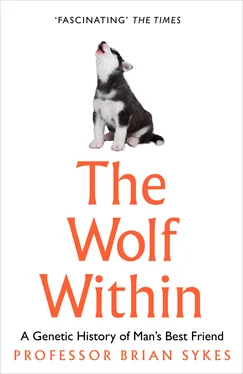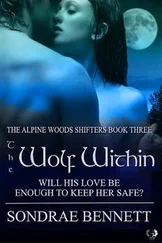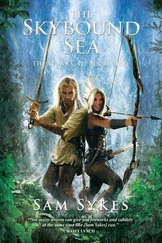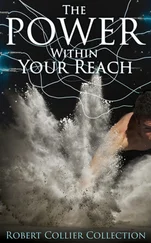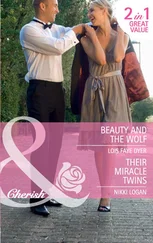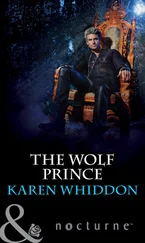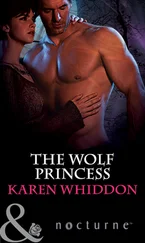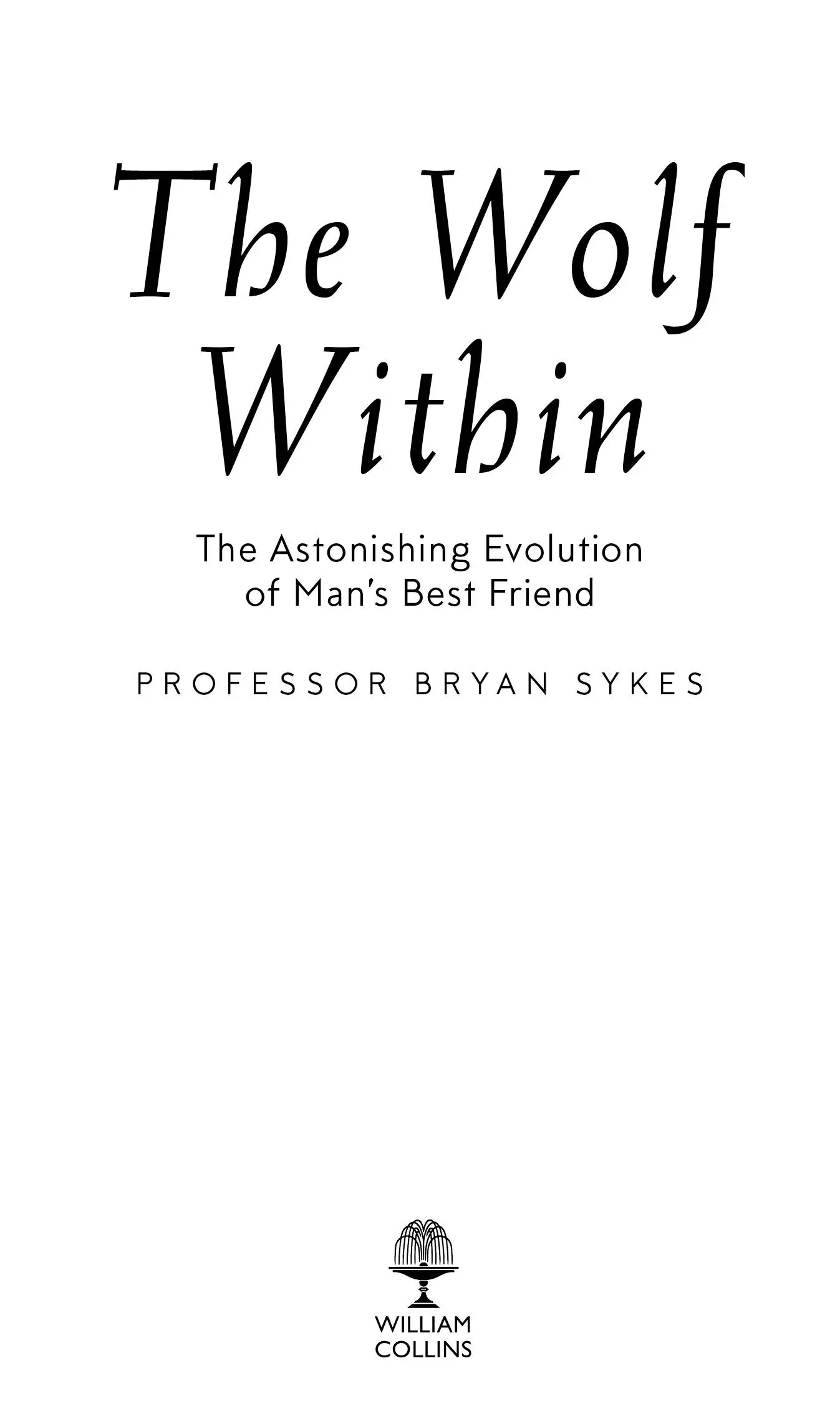
William Collins
An imprint of HarperCollins Publishers
1 London Bridge Street
London SE1 9GF
WilliamCollinsBooks.com
This eBook first published in Great Britain by William Collins in 2018
Text © Bryan Sykes 2018
Images © individual copyright holders
Cover images © Shutterstock.com
Cover design by Jack Smyth
Bryan Sykes asserts the moral right to be identified as the author of this work
A catalogue record for this book is available from the British Library
All rights reserved under International and Pan-American Copyright Conventions. By payment of the required fees, you have been granted the non-exclusive, non-transferable right to access and read the text of this e-book on screen. No part of this text may be reproduced, transmitted, down-loaded, decompiled, reverse engineered, or stored in or introduced into any information storage and retrieval system, in any form or by any means, whether electronic or mechanical, now known or hereinafter invented, without the express written permission of HarperCollins.
Source ISBN: 9780008244453
Ebook Edition © November 2018 ISBN: 9780008244439
Version: 2019-11-11
To Sergio and Ulla
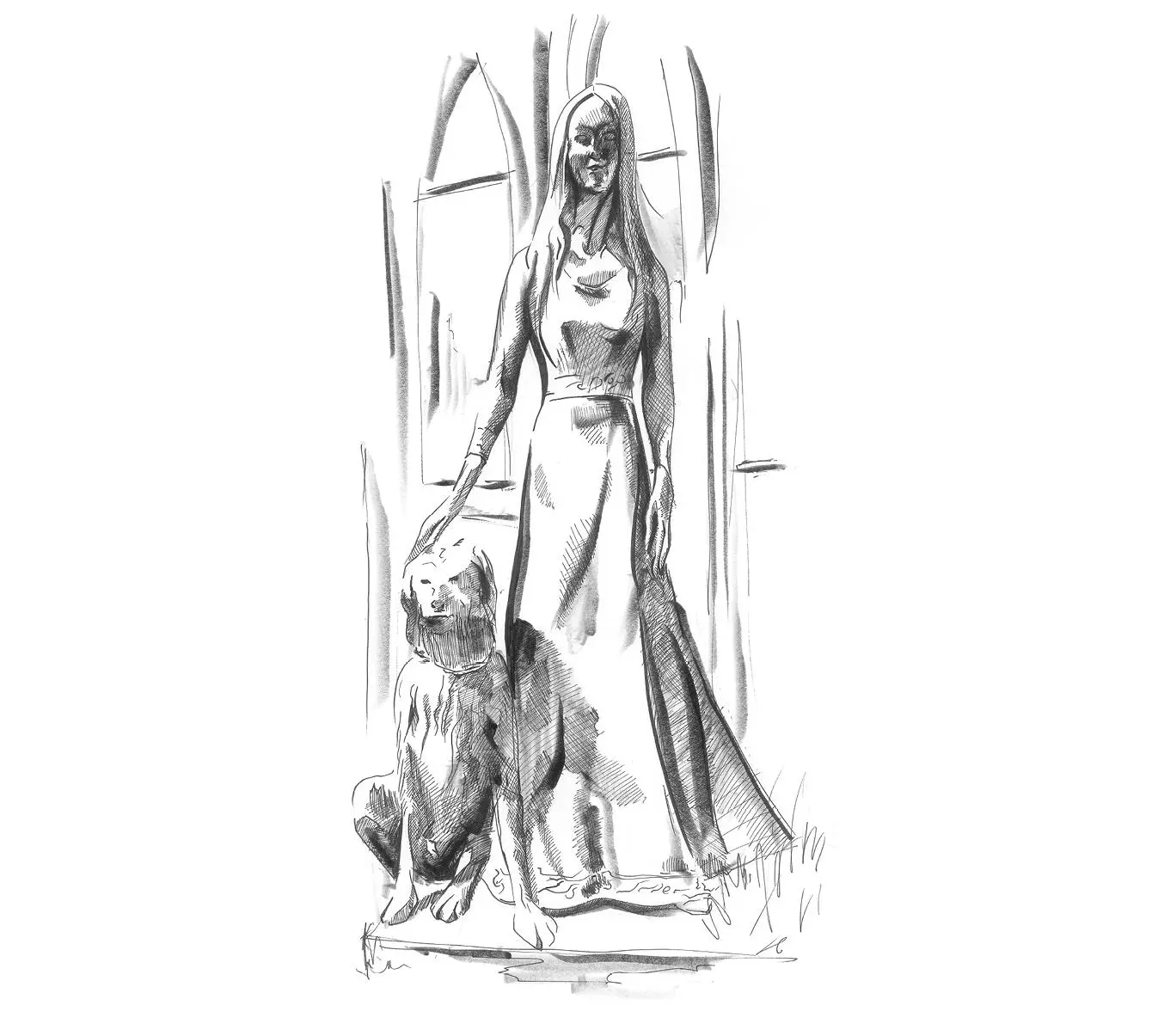
Illustration courtesy of Richard Sykes. This illustration depicts the tomb of Liliana Crociati de Szaszak in La Recoleta Cemetery, Buenos Aires, Argentina, which is known for its unusual neo-gothic design. Liliana was twenty-six years old when she was killed by an avalanche, and after his death several years later, her beloved dog, Sabú was added to her memorial. The text under the dog’s statue reads ‘Sabú, faithful friend of Liliana’.
Cover
Title Page
Copyright
Dedication
Preface
1 Lupa
2 Darwin’s Dilemma
3 I Met a Traveller from an Antique Land
4 On the Origin of Wolves
5 The Living Fossil
6 Let the Bones Speak
7 The Cave of Forgotten Dreams
8 Hunting with Wolves
9 Why Didn’t Shaun Ellis Get Eaten by Wolves?
10 Friend or Foe?
11 A Touch of Evil
12 The Basic Framework
13 We See the First Dogs
14 The Studbook of Dudley Coutts Marjoribanks
15 The Emergence of Modern Breeds
16 The Dog Genome
17 The Genetics of Pedigree Breeds
18 The Dance of Life
19 At the Heart of the Matter
20 In the Lab
21 The Scientist who Came in from the Cold
22 The Autumn Muster
23 The Girl who Talks with Dogs
24 Born Again: Cloning your Dog
25 Beyond the Reach of Reason
Acknowledgements
References
Index
About the Author
About the Publisher
This book is about how wolves became dogs. A remarkable transition, it ranks as one of the most important yet least appreciated events in the long history of not one but two species. The wolf changed from a highly successful and independent carnivore into a highly successful yet completely dependent vassal with a bewildering array of different forms. The second species is, of course, ourselves.
All the evidence, which we will examine in this book, traces the start of the transition to about 40,000 years ago somewhere in Eastern Europe. Wolves had been living there and in all of the world’s circum-polar regions for millions of years. Our Homo sapiens ancestors were much more recent players, having newly arrived from Africa only a few tens of thousands of years ago. The scene was set for the encounter that changed the world.
The location was a steep-sided river gorge in the Carpathian Mountains in what is now Romania. There is abundant evidence of human occupation in the region from the time of the Neanderthals to the arrival of our Homo sapiens ancestors, and there is a good fossil record of the fauna to colour in the details. 1
I hardly need add that the narrative of this meeting, found in chapter 1, is embellished with a generous helping of my own imagination, which I hesitated to include until I read Man Meets Dog by Konrad Lorenz, the Nobel Prize-winning biologist. He imagined a similar scene, though in a different location and with different players.2 I hope you find it evocative.
In 2009 the charismatic actor, Mickey Rourke, was nominated for an Academy Award and won a Golden Globe for his portrayal of over-the-hill fighter Randy ‘The Ram’ Robinson attempting to make a comeback in the film The Wrestler . The striking parallel between Rourke, the fading actor, and his character, so it’s said, was the reason behind the popularity of his nominations. In an interview with television host Barbara Walters to coincide with the film’s release, Rourke said of his own past:
I sort of self-destructed and everything came out about fourteen years ago or so … the wife had left, the career was over, the money was not an ounce. The dogs were there when no one else was there.
Asked by Walters if he had considered suicide, he responded:
Yeah, I didn’t want to be here, but I didn’t want to kill myself. I just wanted to push a button and disappear … I think I hadn’t left the house for four or five months, and I was sitting in the closet, sleeping in the closet for some reason. I was in a bad place, and I just remember I was thinking, ‘Oh, man, if I do this,’ [and] then I looked at my dog, Beau Jack, and he made a sound, like a little almost human sound. I don’t have kids. The dogs became everything to me. The dog was looking at me going, ‘Who’s going to take care of me?’
There are tens of thousands of stories like this. Of grown men, and women, lost in the world, who are saved by their dogs.
I am a scientist, a geneticist whose research has concentrated on the human past and our own evolution from upright ape to master of the universe, or so we like to think. It was a natural step for me to wonder at the equally remarkable parallel evolution of the dog that has been so closely tied to our own.
However, and it is best that I come clean right from the start, I am not a ‘dog person’. I lay the blame for this unfortunate disposition squarely on the muscled shoulders of the ‘Hound of the Baskervilles’, a huge Boxer living down the road from my childhood home in south-east London. From the age of seven, my route to school took me unavoidably past its house, and every day without fail the huge beast flew at the gate, ears flat back on its enormous head, snarling and gnashing its teeth. It was as if the Hell Hound itself had materialised in the London suburbs.
Many decades later, when it was suggested I write a book about the evolution of dogs, the memory of the hound came flooding back. ‘I can’t possibly,’ I answered feebly. But as the weeks passed and I began to do a little research I realised just how fascinating a subject it was and how extraordinary is the everyday sight of a person walking his or her dog. Here was a highly evolved primate and a savage carnivore, whose ancestors were once mortal enemies, living side by side as if it were the most natural thing in the world. My re-education has only gone so far, so please, dear reader, don’t expect childhood recollections of playful puppies racing across sunlit beaches or heart-wrenching accounts of how, had it not been for little Bella, I would have been unable to get over the loss of my favourite aunt. My starting point does at least allow me to be objective, even though I feel a little uneasy in being the only author of a dog book that I have come across who is not hopelessly in love with them.
Читать дальше
